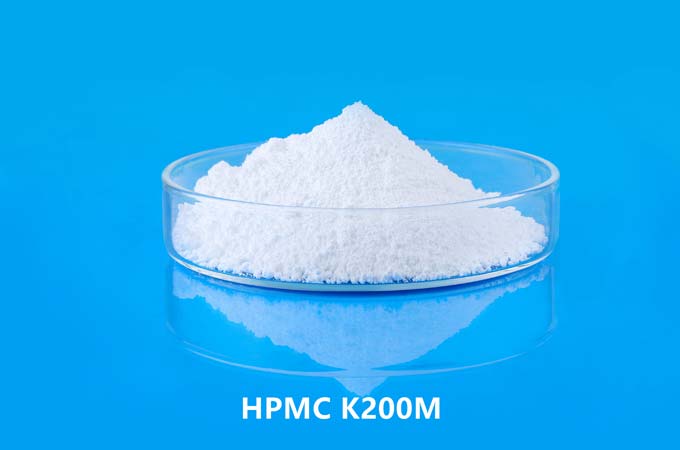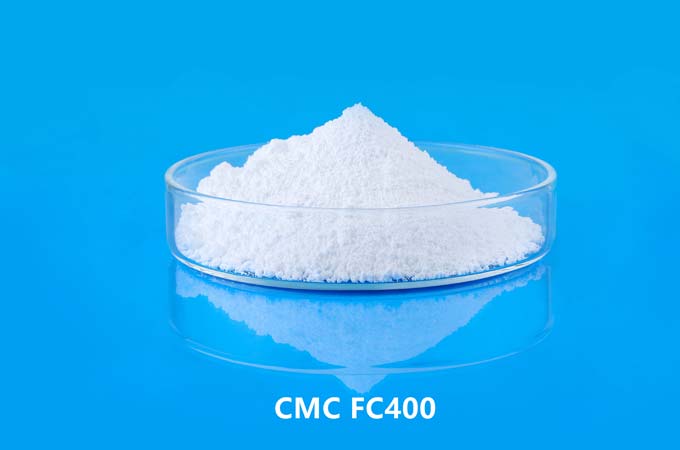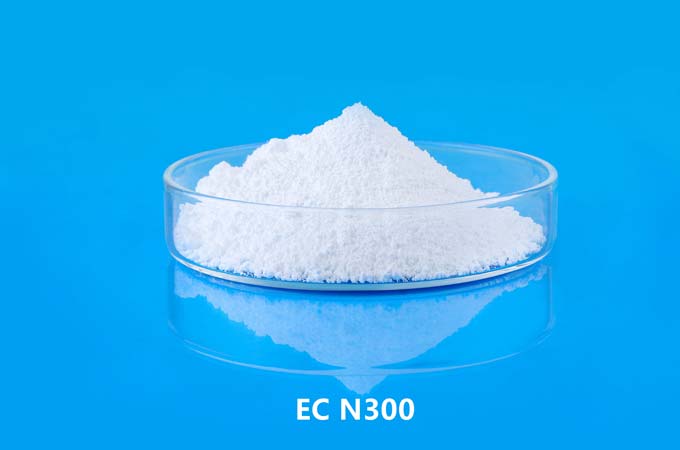Hydroxyethyl cellulose (HEC) is a widely used polymer with various applications across industries such as pharmaceuticals, cosmetics, food, and construction. Its versatility arises from its ability to modify rheological properties, enhance stability, and provide thickening effects in aqueous solutions.
1. Molecular Weight:
HEC can be categorized based on its molecular weight, which affects its viscosity and solubility properties. Lower molecular weight HEC typically offers lower viscosity and faster dissolution rates, while higher molecular weight HEC provides thicker consistency and slower dissolution.
2. Degree of Substitution (DS):
The degree of substitution refers to the average number of hydroxyethyl groups attached to each anhydroglucose unit in the cellulose backbone. Higher DS values result in more hydrophilic properties, increased solubility in water, and better thickening ability. HEC with varying DS values can be tailored for specific applications requiring different levels of thickening and water retention.
3. Manufacturing Methods:
HEC can be produced through different manufacturing methods, such as etherification of cellulose with ethylene oxide under alkaline conditions. Variations in the manufacturing process can influence the purity, uniformity, and performance characteristics of HEC products.
4. Particle Size and Morphology:
HEC particles can vary in size and morphology, affecting their dispersion, stability, and interactions in solution. Fine particles may exhibit better dispersibility and smoother texture in formulations, while larger particles could enhance suspension properties in certain applications.
5. Solution Properties:
HEC solutions exhibit pseudoplastic behavior, meaning their viscosity decreases under shear stress and recovers upon cessation of shear. The rheological properties of HEC solutions, such as viscosity, shear thinning behavior, and elasticity, depend on factors like concentration, temperature, and polymer characteristics.
6. Application-Specific Grades:
Manufacturers may offer different grades or formulations of HEC tailored to specific applications. For example:
Pharmaceutical-grade HEC may adhere to stringent purity and quality standards for use in drug formulations, including controlled-release dosage forms and topical preparations.
Cosmetic-grade HEC may focus on characteristics like skin compatibility, stability in various formulations (e.g., creams, lotions, gels), and thickening effects in personal care products.
Construction-grade HEC may emphasize properties like water retention, workability, and adhesion in cement-based materials such as mortars, grouts, and tile adhesives.
7. Compositional Variations:
HEC formulations may contain additives or modifiers to enhance certain properties or functionalities. These additives could include surfactants for improved wetting and dispersibility, preservatives for microbial stability, or pH modifiers for compatibility with specific formulations.
8. Regulatory Considerations:
Depending on the intended use and geographic location, HEC products may need to comply with various regulatory standards and specifications, such as those set by pharmacopeias, food authorities, or industry organizations.
while there may not be distinct "types" of HEC in the same sense as different chemical compounds, variations in factors like molecular weight, degree of substitution, manufacturing methods, and application-specific formulations contribute to the diverse range of HEC products available for various industrial and commercial applications.
 English
English 日本語
日本語 français
français Deutsch
Deutsch Español
Español italiano
italiano русский
русский português
português العربية
العربية Türkçe
Türkçe Nederland
Nederland



